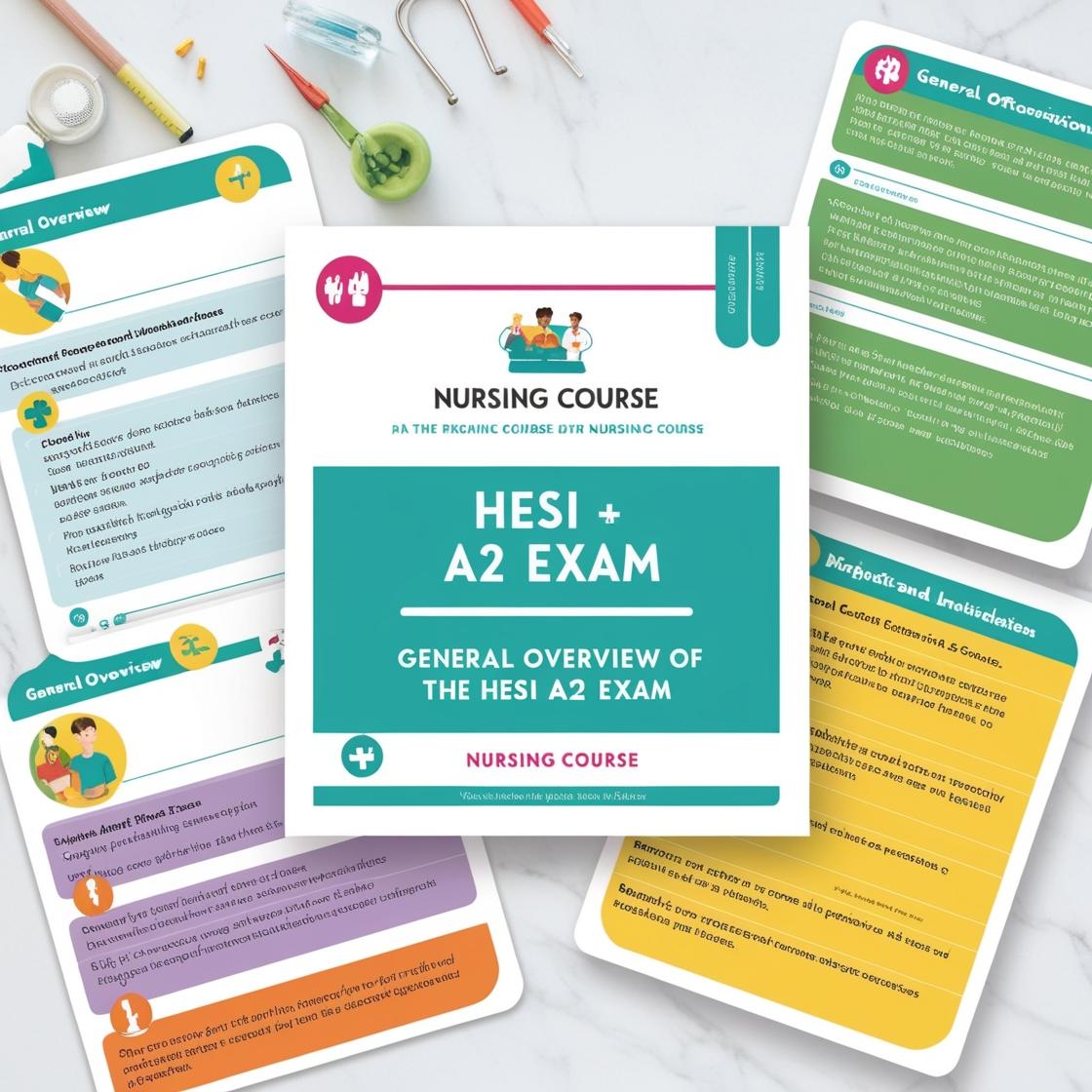HESI A2
Reading Comprehension HESI A2
Extract:
1. Which statement from the selection presents a fact rather than an opinion?
- A. One of the worst voice qualities is harshness
- B. Harsh voice qualities usually come from too much tension in the throat and jaw
- C. Your voice will sound unpleasant if it is shrill, grating, hard, piercing, brassy, too loud, or too nasal
- D. Because tension occurs in higher pitched voices, women tend to have shriller voices than men, which usually makes them less desirable public speakers, newscasters, or political candidates
Correct answer: B
Rationale: Statement B, 'Harsh voice qualities usually come from too much tension in the throat and jaw,' presents a fact rather than an opinion. This statement provides a clear and objective observation about the potential cause of harsh voice qualities, based on physical tension in specific areas of the body, which can be objectively measured and identified. Choice A is an opinion as it states 'One of the worst voice qualities is harshness' without providing a verifiable basis. Choice C lists subjective descriptors of an unpleasant voice without stating a definite cause. Choice D introduces a gender-based assertion about voice quality, making it an opinion rather than a factual observation.
2. What is stated in this paragraph?
- A. Some men have harsh voices
- B. Relaxed people often have harsh voices
- C. Not everyone finds a harsh voice irritating
- D. Harsh voice qualities usually come from too much tension in the throat and jaw
Correct answer: D
Rationale: The correct answer is D. The paragraph explains that harsh voice qualities usually result from too much tension in the throat and jaw. It further discusses how tension tightens muscles, leading to unpleasant voice tones. While the paragraph addresses the issue of harsh voices, it does not mention that only some men have harsh voices (choice A) or that relaxed people often exhibit this quality (choice B). Additionally, the paragraph does not touch upon whether everyone finds harsh voices irritating (choice C), only stating that not everyone may be bothered by it.
3. The information presented is:
- A. Slanted in favor of newscasters
- B. Slanted against people with deep voices
- C. Balanced in its approach
- D. Not applicable
Correct answer: C
Rationale: The information is balanced in its approach. While the extract mentions that women tend to have shriller voices, making them less desirable public speakers, newscasters, or political candidates, it does not show bias in favor of newscasters or against people with deep voices. The main focus is on the impact of voice qualities such as harshness, rather than promoting or criticizing any specific group.
4. What can be inferred about the author's reaction to different voices?
- A. Be an experienced public speaker
- B. Prefer shrill, grating, and brassy voice
- C. Have no particular reactions to different voices
- D. nan
Correct answer: C
Rationale: Based on the extract provided, the author discusses the effects of different voice qualities on others but does not express any preference or reaction towards specific voices. The author emphasizes the negative impact of harsh tones and provides insights into how voice qualities can influence perceptions. As a result, it can be inferred that the author has no particular reactions to different voices. Choices A and B are incorrect as there is no mention of the author's public speaking experience or preference for specific voice qualities in the passage.
Extract:
5. As used in the last sentence of this paragraph, the term 'concomitant' means?
- A. Accompanying
- B. Quiet
- C. Frustrated
- D. Prefer low-pitched tones
Correct answer: A
Rationale: In the provided extract, the term 'concomitant' is used to describe problems associated with alcohol abuse, such as the individual becoming alcoholic, contribution to highway deaths by drunken drivers, and spousal and child abuse. Therefore, in this context, 'concomitant' means accompanying, or going along with something else. The other choices of 'Quiet,' 'Frustrated,' and 'Prefer low-pitched tones' do not align with the meaning of 'concomitant' as used in the paragraph.

Access More Features
HESI A2 Basic
$89/ 30 days
- 3,000 Questions with answers
- 30 days access
HESI A2 Premium
$129.99/ 90 days
- Actual HESI A2 Questions
- 3,000 questions with answers
- 90 days access
